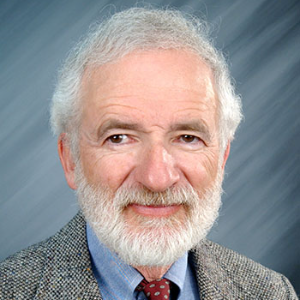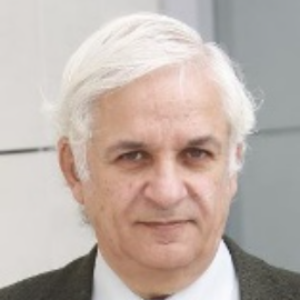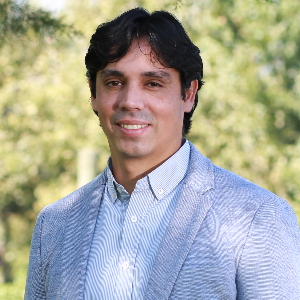Catalysis for Water Treatment
With an ever-increasing global population, the demand for fundamental raw resources and finished products is skyrocketing. Untreated waste is being released into our ecosystem at an increasing rate as global industrialisation progresses. Over 700 new pollutants, such as waste contaminants from petrochemicals, personal care, textiles, and insecticides, are estimated to exist. Furthermore, the world's energy demand is largely met by fossil fuels, which emit large volumes of greenhouse gases such as carbon dioxide. Water contamination has led to the spread of a variety of infectious diseases and viruses. Human consumption, agricultural irrigation, and industrial use all drive fresh water demand, which is growing in lockstep with the world's population. Improved technologies for cleaning unfit for human consumption water at a low cost and over time are needed, especially in isolated or rural areas. Around 85-90 percent of all chemical reactions are catalytic reactions. Environmental catalysis has been widely used in many commercial and industrial sectors for the protection of the environment and to improve the quality of our lives over the last several decades. Homogeneous and heterogeneous catalysts are effective in reducing water pollution, oxidising organic particles, reducing nitrogen oxide emissions from power plants, removing waste and pesticides, and controlling volatile organic compound emissions, among other applications.

Arthur J Nozik
University of Colorado, United States
Stanislaw Dzwigaj
Sorbonne-Universite-CNRS, France
Haibo Ge
Texas Tech University, United States
Ashanendu Mandal
University Of Calcutta, India
Victor Cerda
Sciware Systems, Spain
Tokeer Ahmad
Jamia Millia Islamia, India


Title : Application of metal Single-Site zeolite catalysts in catalysis
Stanislaw Dzwigaj, Sorbonne-Universite-CNRS, France
Title : Designing of nano-sized heterostructures for hydrogen production using overall water splitting
Tokeer Ahmad, Jamia Millia Islamia, India
Title : United Nations’ strategy responding to climate change
Dai Yeun Jeong, Asia Climate Change Education Center, Korea, Republic of
Title : Thermal and mechanical processes and reactions in reversible behavior of shape
Osman Adiguzel, Firat University, Turkey
Title : An innovative magnetic resonance spectroscopic method for catalysts’ activities
Mohamed A Morsy, King Fahd University of Petroleum & Minerals, Saudi Arabia
Title : Engineering stable, expressible, functional industrial enzymes with protein sequence likelihood models
Shawn Reeves, University Of Waterloo, Canada